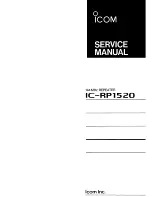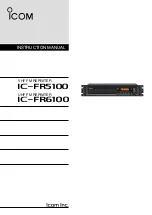
10
D5014
- SIL 3 Repeater Power Supply
G.M. International ISM0103-3
The proof test shall be performed to reveal dangerous faults which are undetected by diagnostic. This means that it is necessary to specify how dangerous undetected fault, which
have been noted during the FMEDA, can be detected during proof test.
The Proof test 1
consists of the following steps:
Testing procedure at T-proof
Steps
Action
1
Bypass the safety-related PLC or take other appropriate action to avoid a false trip.
2
By HART command or other technique, set the transmitter connected to the input of the repeater in order to go to high alarm current and verify that the
output current of the repeater reaches that value. This tests for compliance voltage problems such as a low loop power supply voltage or increased wiring
resistance.
3
By HART command or other technique, set the transmitter connected to the input of the repeater in order to go to low alarm current and verify that the
output current of the repeater reaches that value. This tests for possible quiescent current related failures.
4
Restore the loop to full operation.
5
Remove the bypass from the safety-related PLC or restore normal operation.
This test will detect approximately 99 % of possible Dangerous Undetected failures in the repeater.
Steps
Action
1
Bypass the safety-related PLC or take other appropriate action to avoid a false trip.
2
Perform step 2 and 3 of the
Proof Test 1
.
3
Perform a two-point calibration (i.e. down scale as 4 mA and full scale as 20 mA) of the transmitter connected to the input of the repeater.
Then set the transmitter to impose some input current values of 4-20 mA range and verify that the correspondent output current values of repeater are within
the specified accuracy.
This proof requires that the transmitter has already been tested without the repeater and it works correctly according to its performance.
4
Restore the loop to full operation.
5
Remove the bypass from the safety-related PLC or restore normal operation.
This test will detect approximately 30 % of possible Dangerous Undetected failures in the repeater.
The
Proof test 2
consists of the following steps:





























